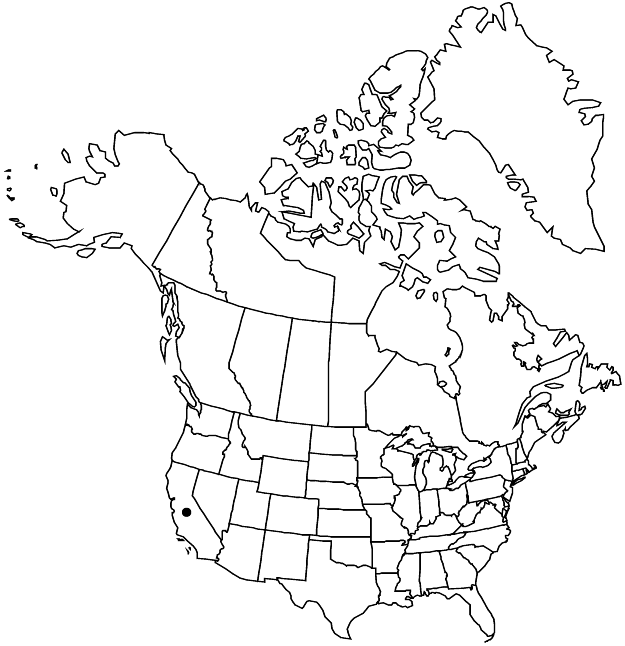Eriogonum gilmanii
Leafl. W. Bot. 3: 16. 1941.
Herbs, cespitose or pulvinate, occasionally scapose, 0.1–0.5 × 1–3 dm, tomentose. Stems spreading, with persistent leaf bases, up to 1/5 height of plant; caudex stems matted; aerial flowering stems scapelike, spreading to erect, slender, solid, not fistulose, 0.1–0.2 dm, tomentose. Leaves basal, 1 per node; petiole 0.2–0.5 cm, tomentose; blade elliptic, 0.2–0.4 × 0.1–0.2 cm, tomentose, margins plane. Inflorescences cymose-umbellate or capitate, (0.4–)0.8–1.5 × 0.5–1.5 cm; branches umbellate, tomentose; bracts 3, scalelike, triangular to linear-lanceolate, 1–5 mm. Peduncles spreading, 0.1–0.3(–0.5) cm, tomentose. Involucres 1 per node, turbinate, 1.5–2 × 1–1.5 mm, tomentose; teeth 5, erect, 0.4–0.7 mm. Flowers 3.5–5 mm; perianth yellowish, with reddish spot, glabrous; tepals connate proximally, dimorphic, those of outer whorl orbiculate and globose, 3–4 × 3–4 mm, those of inner whorl oblanceolate, 3.5–5 × 1–1.5 mm; stamens exserted, 3–4 mm; filaments pubescent proximally. Achenes brown, 2.5–3 mm, glabrous.
Phenology: Flowering May–Sep.
Habitat: Limestone gravelly to rocky slopes and ridges, sagebrush communities, pinyon-juniper woodlands
Elevation: 1500-2000 m
Discussion
Eriogonum gilmanii is a rare, localized species. It is known from the Cottonwood, Last Chance, and Panamint mountains of Inyo County.
Selected References
None.
